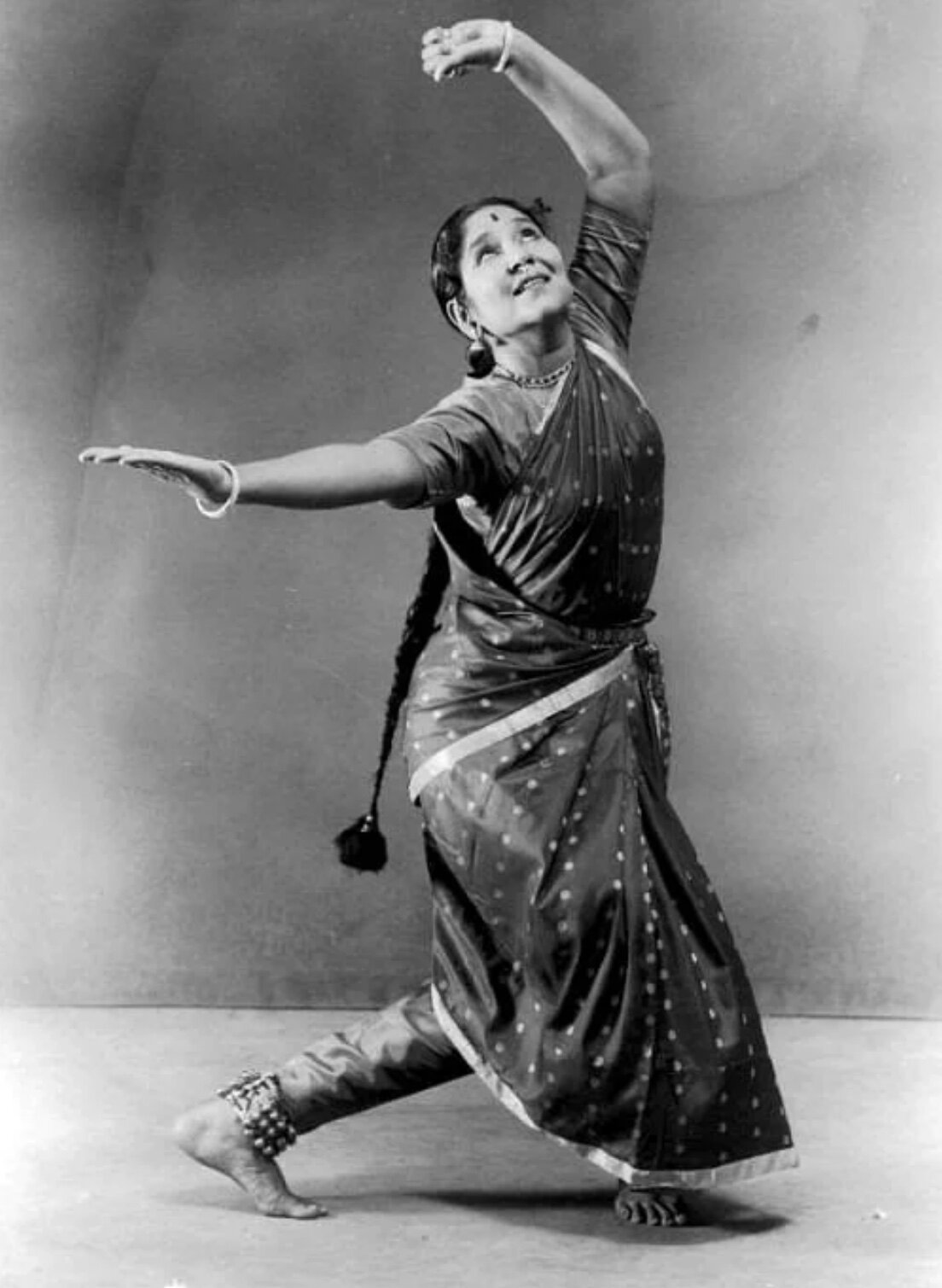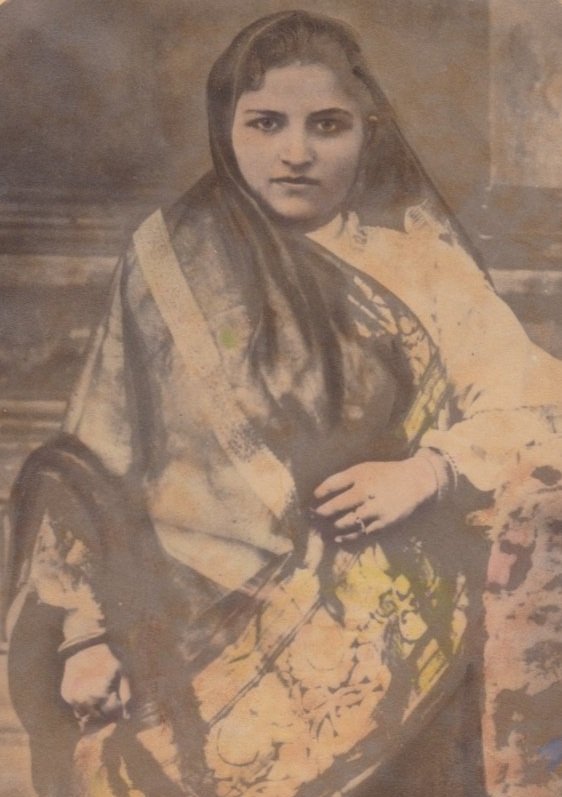Kahani programs include
Hands-on Activities
Each day focuses on one woman or women’s movement in the history of the South Asian diaspora. These women are our “guides.” We do fun activities based on these inspiring stories from history, including arts & crafts, mindfulness, movement, and STEM. We use South Asian stories to engage campers in their personal interests.
Storytelling Workshops
We conduct storytelling workshops with a range of mediums, including poetry, art, theater, video, photography, creative writing, and non-fiction writing. The stories we create are put into a digital magazine.
Community Mentors & Field Trips
We go to local places around the East Bay where we can see how South Asian history and South Asian stories live all around us. We also bring in South Asian women in the Bay Area who are community leaders, to share their experiences and do activities with us.
Some of the things we explore include:
The role of food & cooking in community building with Kala Bagai
The unexpected origins of classical South Asian dance & music with Balasaraswati
South Asian science & medicine with Anandibai Joshi
Activism and colonial history with Princess Sophia Duleep Singh
Environmental justice and labor movements with the Chipko Movement
Our Process
The Kahani curriculum is designed by a group of young South Asian women with backgrounds in history, education, and storytelling. We meet every week for one year to share our stories, to learn about South Asian women in history, and to design magical experiences we would have wanted for the next generation of South Asian youth.
Our Curriculum Principles
1) Investigate history to help us make sense of our lives in the present, and make choices for the future.
Why: People make choices, and choices make history. Studying history allows us to understand the choices people have made in the past that affect our lives today. It empowers us to think carefully about the choices we make in the present.
How this affects South Asian women: South Asian women have impacted their communities and the world in profound ways, but many of these histories have been erased or forgotten. This means that South Asian girls and women don’t know about the many people who look like them, who have grappled with life’s ups and downs, built meaningful careers and communities, and made powerful choices along the way.
How we address this gap: Our curriculum is designed to teach historical thinking, so participants feel connected to the inspiring, complex, real South Asian women who came before them. Historical thinking also helps us question and make informed choices about social narratives and experiences that impact us everyday, like beauty standards, gender norms, and diasporic identity.
2) Create nuanced stories that represent our real, lived experiences.
Why: South Asians are rarely represented in American media. As an example, South Asians share less than 2.3% of screen time in American TV media - meaning that of all the characters we see on TV, South Asians make up just 2.3%. South Asian women are represented even more rarely, with just 0.3% of screen time.
How this affects South Asian women: Representation isn’t just about appearing on screen or not: True representation involves accurate and nuanced portrayals of lived experience. Without a wide variety of stories to interact with, that representation is impossible and becomes stereotypical. Rarely encountering your real, lived experiences in the media impacts your sense of belonging (or not) in American culture. It also means you don’t have a library of stories with which to make sense of your own life.
How we address this gap: Our participants are not only introduced to a wide range of women through history, but are also given the tools to write and publish their own stories. This allows them to express their voices and hear the experiences of others like them. We hope these stories become powerful examples of how South Asian girls & women can be represented and depicted in American media - including books, television, and film.
3) Center fun, joy, and building intergenerational friendships
Why: Women and girls struggle with mental health challenges from youth into adulthood far more than their male-identifying counterparts. Especially in the age of social media, girls are bombarded with messaging about beauty, intelligence, and worth that can leave deep imprints on girls’ self-esteem.
How this affects South Asian women: Part of this mental health crisis includes encountering models of beauty and life that are not designed for South Asian girls.
How we address this gap: Research tells us that positive female friendships play a huge role in girls’ wellbeing, helping them maintain emotional equilibrium and enhance their self-worth. Our participants engage with the real stories of South Asian women from the past, and build friendships while telling their own stories, so that they know they are never alone. Camp Kahani is designed to help South Asian girls & women form lasting, supportive connections, and practice tools that bolster their mental and emotional health.



